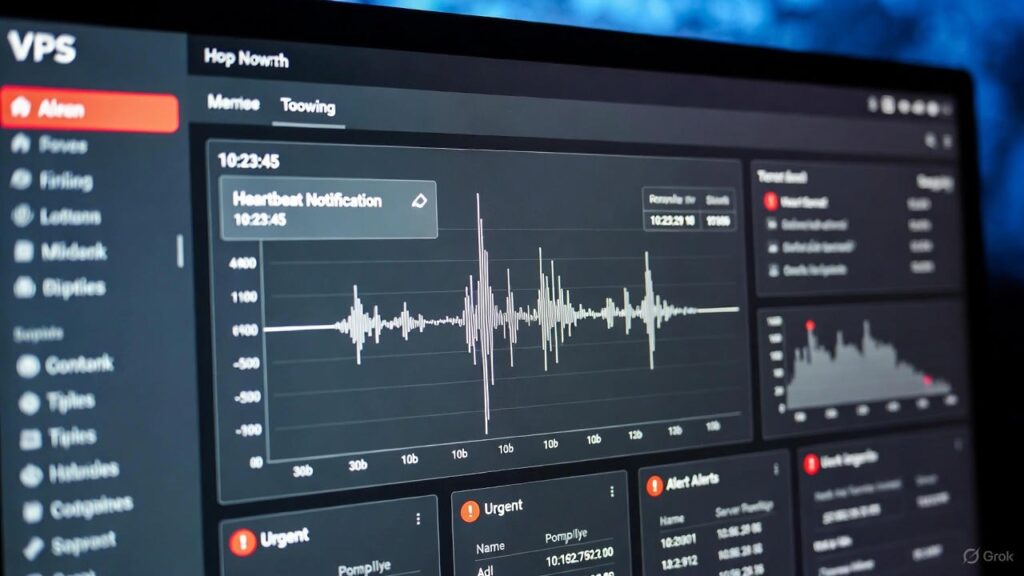
For an app like DueReply, where timely notifications are the core product, missing a single alert is a critical failure. Testing this reliability is a unique challenge. You can’t just tap “send” and hope. You need to simulate days, weeks, even months of operation across countless device states. This is where a always-on vps for android emulator transforms from a convenience into a mission-critical testing rig.
The Architecture of a Reliable Notification Testbed
We built a “Notification Observatory” using a cloud-based Android emulator. Here’s how it works:
The Core Components:
- The Emulator VPS: A dedicated Windows server running a headless Android emulator instance 24/7.
- The Control Script: A custom Python script that periodically puts the emulator to sleep, disconnects from Wi-Fi, and reconnects to simulate real-world user behavior.
- The Monitor: A simple app on the emulator that logs the precise timestamp of every received notification.
The Test Cycle:
Our server sends a scheduled test notification every 30 minutes. The observatory VPS:
- Receives the notification and logs it.
- Goes “offline” for a random period.
- Comes back online.
- Checks if any notifications were delivered during the offline period or arrive upon reconnection.
This continuous, automated process uncovers edge cases that manual testing never could: delayed delivery, lost notifications on unstable networks, and OS-specific quirks.
When You Need More Power: The GPU Factor
A standard vps for android emulator works, but Android emulators are notoriously resource-hungry. For smoother performance, especially when running multiple emulator instances for parallel testing, the graphical workload is significant. This is where upgrading to a gpu vps server pays massive dividends. The dedicated graphics processing unit handles the emulator’s visual rendering, freeing up the main CPU to run your app and test scripts flawlessly. This eliminates lag and false negatives caused by emulator stuttering, making your test results truly reliable.
Conclusion: For any app where push notifications are vital, trusting manual testing is a gamble. Deploying an automated, always-on testing environment on a vps for android emulator provides the empirical data needed to guarantee your users never, ever miss a beat.
